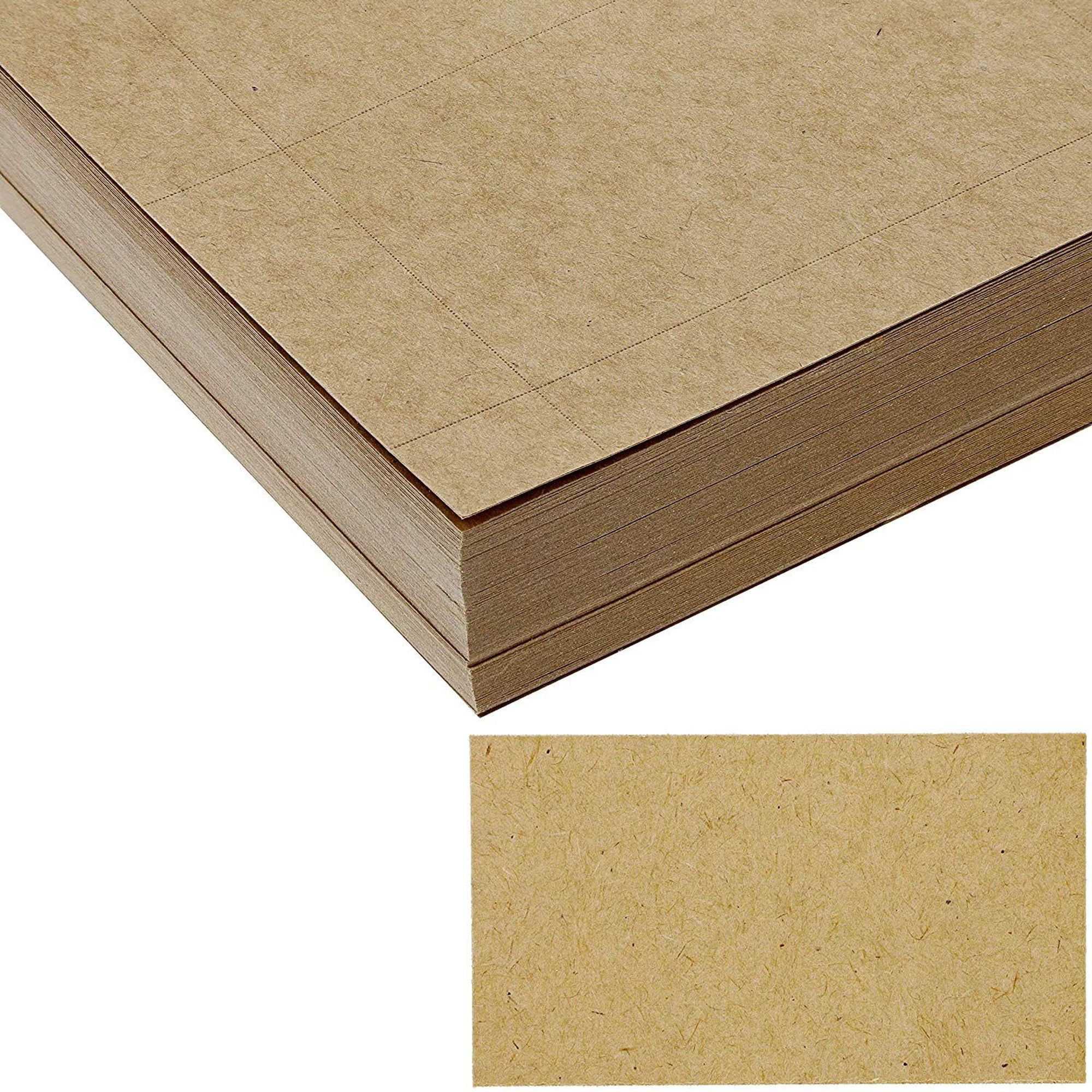
If you’re in the process of designing your business cards, one of the decisions you may be pondering is the type of paper to use. The choice of paper can greatly impact the overall look and feel of your business cards. With a plethora of options available in the market, it can be overwhelming to make the right selection. But worry not! In this article, we’ll explore the different types of paper commonly used for business cards, discuss their characteristics, and guide you towards finding the perfect paper that suits your needs.
Understanding the Different Types of Paper

1. Matte Cardstock
Matte cardstock is a popular choice for business cards due to its smooth, non-glossy finish. This type of paper is often preferred by professionals and businesses aiming for a sophisticated and understated look. The matte finish provides a subtle elegance and can make text and graphics appear more vibrant, as there is no reflection to distract the eye. Matte cardstock is typically thick and sturdy, giving your business cards a high-quality and professional feel.
2. Glossy Cardstock
On the other end of the spectrum, we have glossy cardstock. As the name suggests, this paper has a shiny, reflective finish that adds a touch of brilliance to your business cards. Glossy cardstock can make colors and images appear more vibrant and can even enhance the overall design by adding a sleek and polished look. However, it’s worth considering that the gloss coating may make it slightly more difficult to write on the card, if that is something you anticipate needing.
3. Recycled Cardstock
In today’s eco-conscious world, many businesses strive to minimize their environmental impact. Recycled cardstock is an excellent option for those who prioritize sustainability. It is made from post-consumer waste, which reduces the need for new fibers and saves energy and resources in the production process. Recycled cardstock comes in a variety of finishes, allowing you to choose between matte and glossy options while still maintaining your commitment to the environment.
4. Linen Cardstock
If you’re seeking a distinctive and elegant texture for your business cards, linen cardstock might be just what you’re looking for. This type of paper is embossed with a linen pattern, giving it a unique and tactile feel. Linen cardstock is often favored by businesses such as law firms or luxury boutiques, where a touch of sophistication is desired. The linen texture adds dimension to your business cards, making them stand out from the crowd.
5. Metallic Cardstock
For those who want to make a bold statement, metallic cardstock offers a premium and eye-catching option. This type of paper has a metallic or pearlescent finish, giving your business cards a lustrous and shimmering look. Metallic cardstock is perfect for businesses in creative or high-end industries, such as jewelry, fashion, or event planning, where a touch of glamour is appreciated. However, it’s important to keep in mind that metallic cardstock can be more expensive than other options.
Factors to Consider When Choosing Paper for Business Cards

When selecting the paper for your business cards, it’s crucial to consider various factors that will influence the overall appearance and functionality of your cards. Here are a few key considerations to keep in mind:
1. Thickness:
The thickness of the cardstock is an important factor to consider, as it affects both the durability and perceived quality of your business cards. Thicker paper, such as 16pt or 18pt, tends to feel more substantial, conveying a sense of professionalism and luxury. However, it’s essential to keep in mind that thicker cardstock may be more difficult to handle and may cost more to print.
2. Texture:
The texture of the paper can greatly impact the tactile experience and visual appeal of your business cards. Smooth and glossy finishes exude a modern and polished look, while textured finishes, such as linen or canvas, add a unique and memorable element. Consider the image you want to portray and choose a texture that aligns with your brand identity.
3. Printability:
Depending on your design, you might want to consider the printability of the paper. Some papers may be compatible with specific printing methods, such as digital or offset printing, while others may not be suitable. It’s essential to consult with your printer to ensure the paper you choose will yield the desired results.
4. Longevity:
Consider how long you want your business cards to last. If you anticipate heavy use or frequent handling, selecting a durable cardstock with a protective coating, such as a UV or aqueous coating, may be beneficial. These coatings can enhance the longevity of your cards by providing additional resistance to wear and tear.
Conclusion
Choosing the right paper for your business cards is an important decision that can significantly impact how your brand is perceived. From matte and glossy cardstock to linen and metallic finishes, each option offers a unique set of characteristics that can enhance the overall look and feel of your cards. Consider factors such as thickness, texture, printability, and longevity to make an informed decision. Remember, the paper you choose should align with your brand identity and leave a lasting impression on potential clients and customers. So go ahead, explore the myriad of paper options available, and make a memorable statement with your business cards.
Olivia Reynolds, a marketing maven, is passionate about the impact of graphic design on brand success. Her love for outdoor adventures and travel fuels her fresh perspective on the importance of visual aesthetics in business cards and branding.